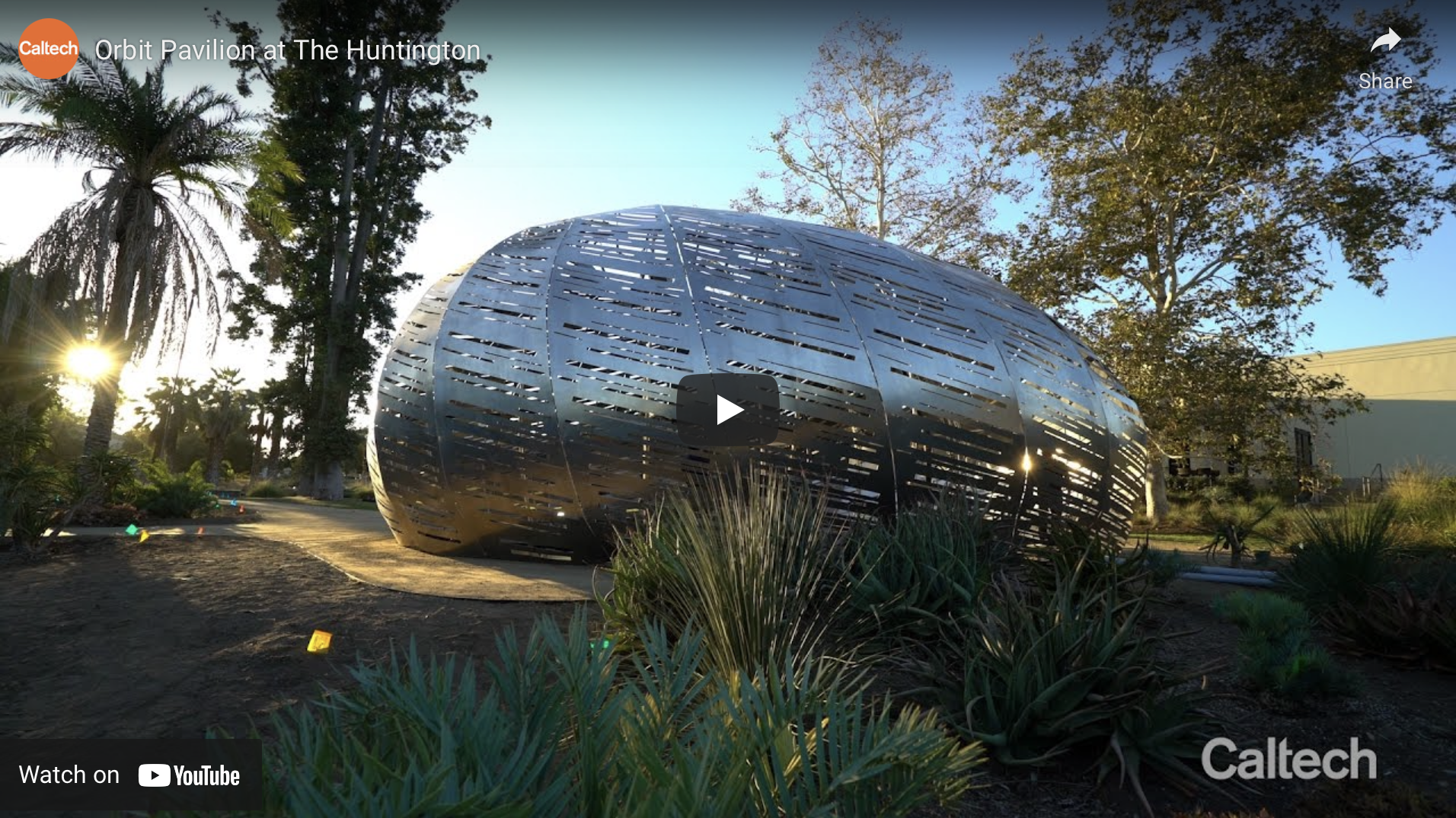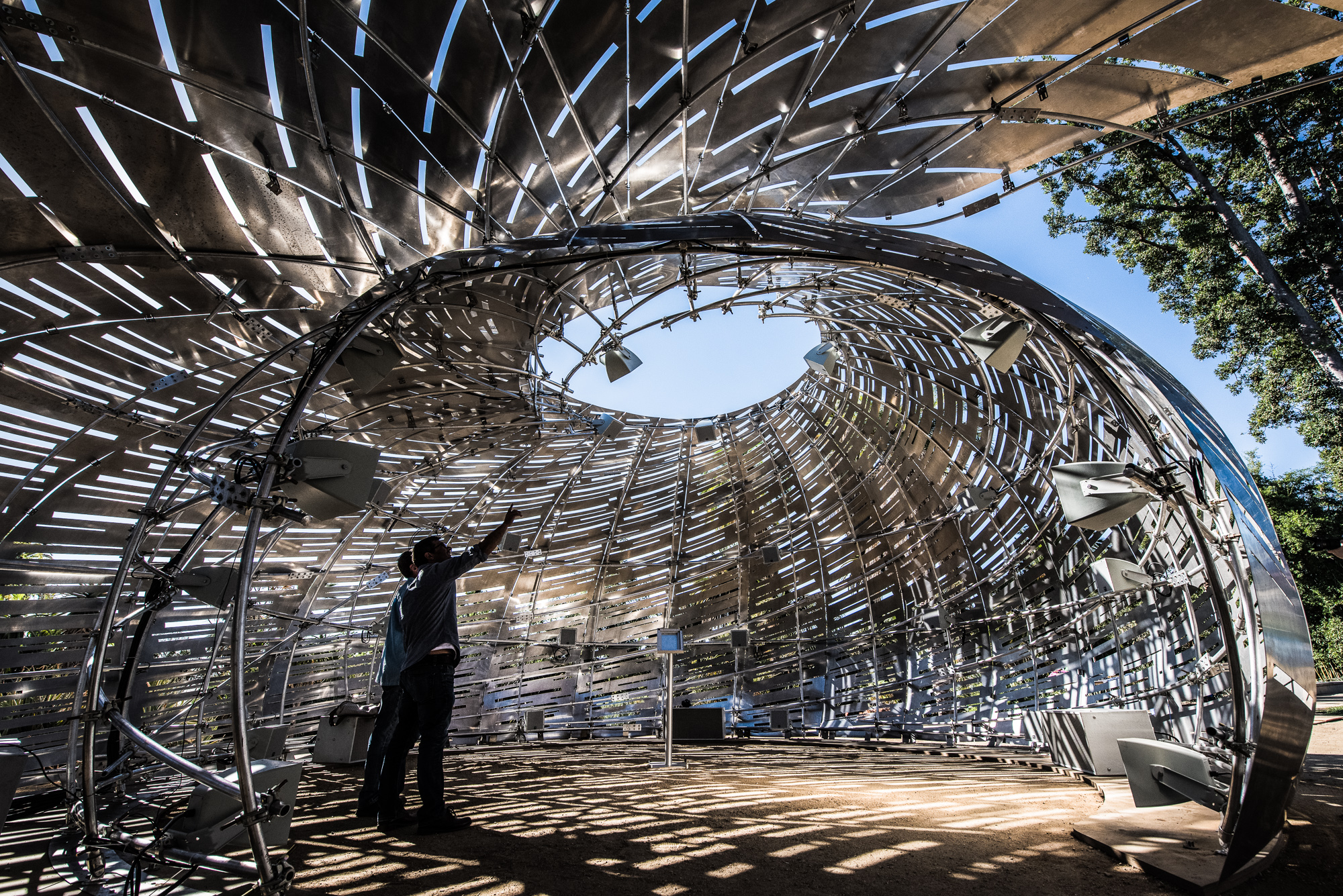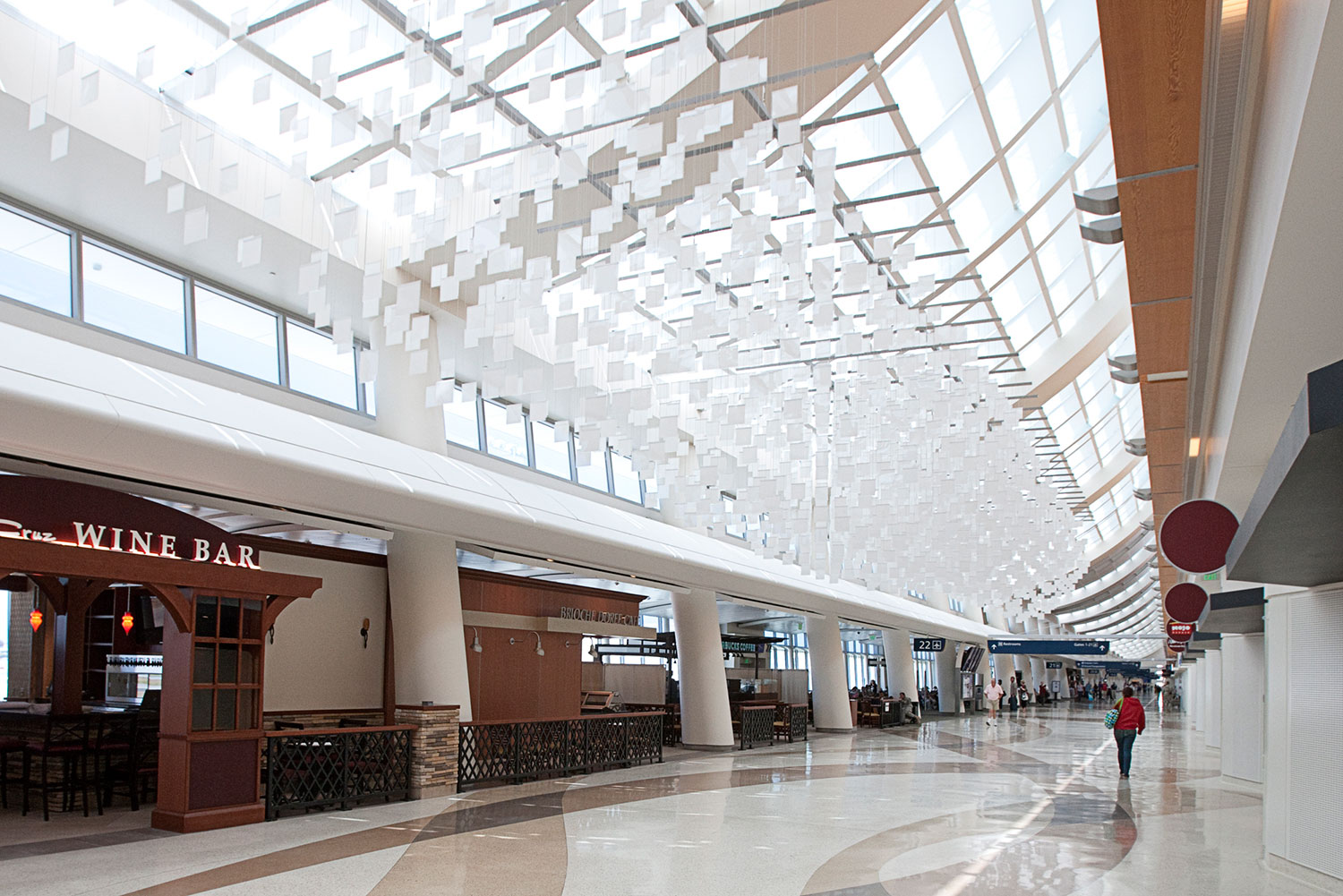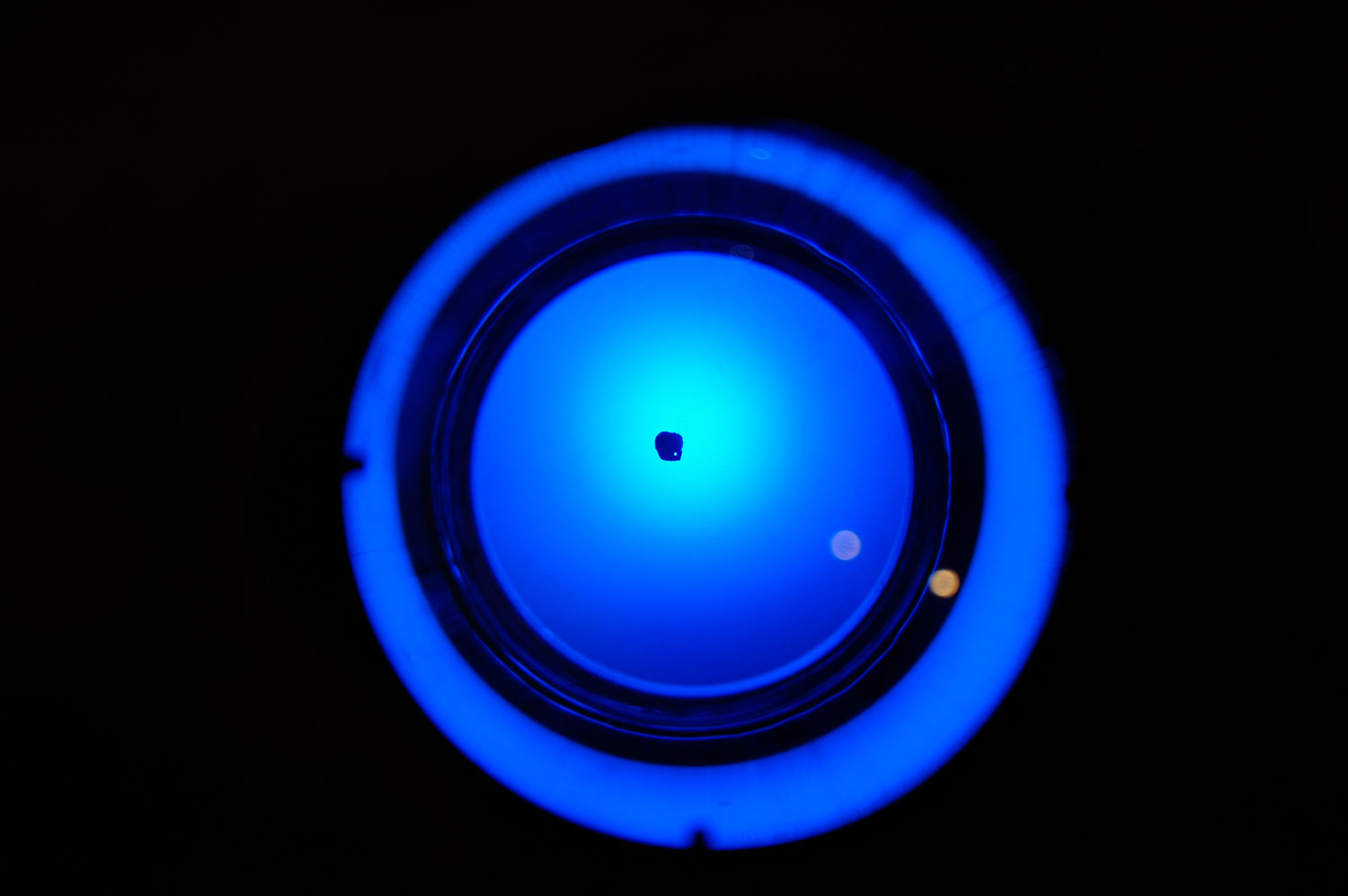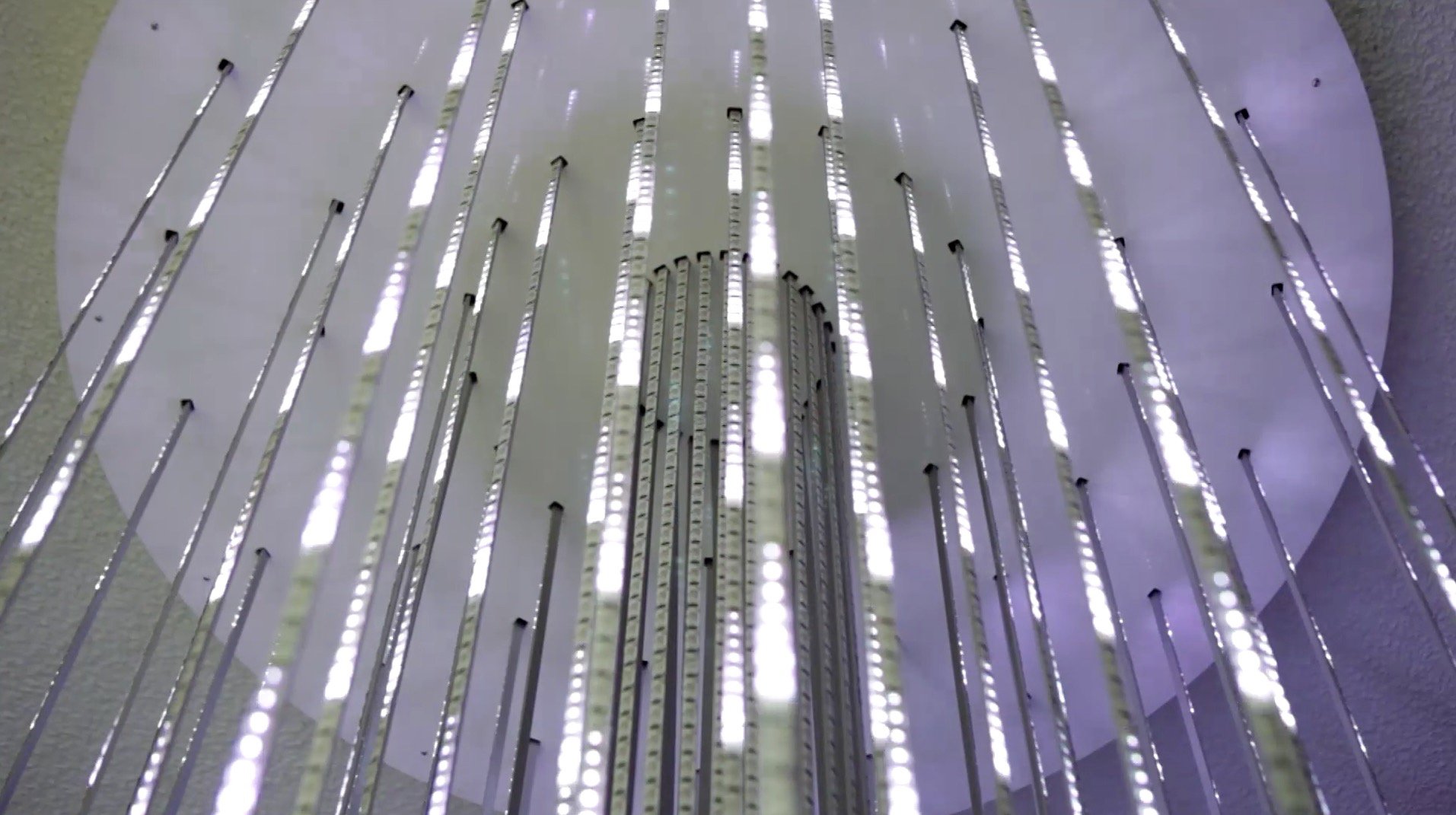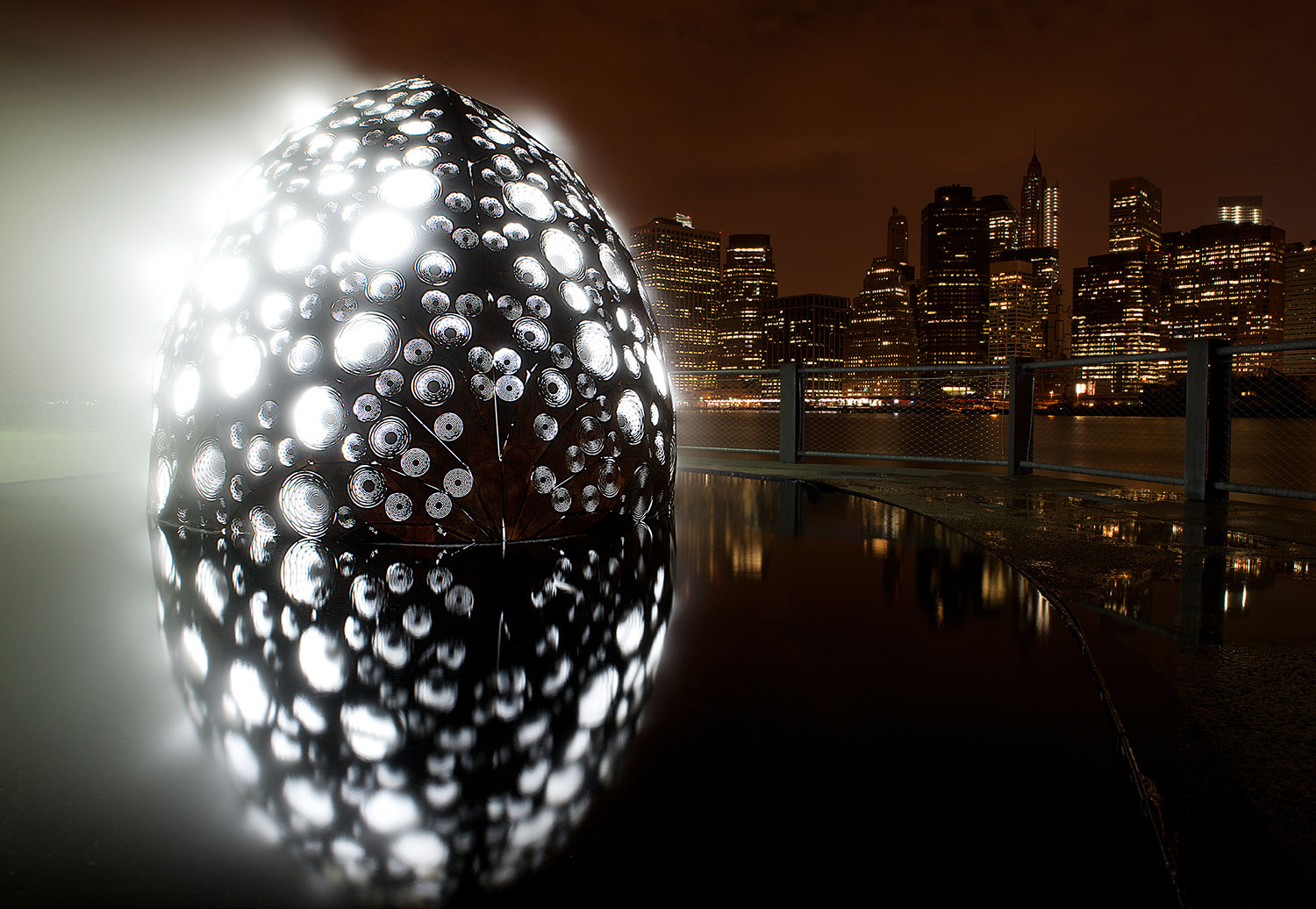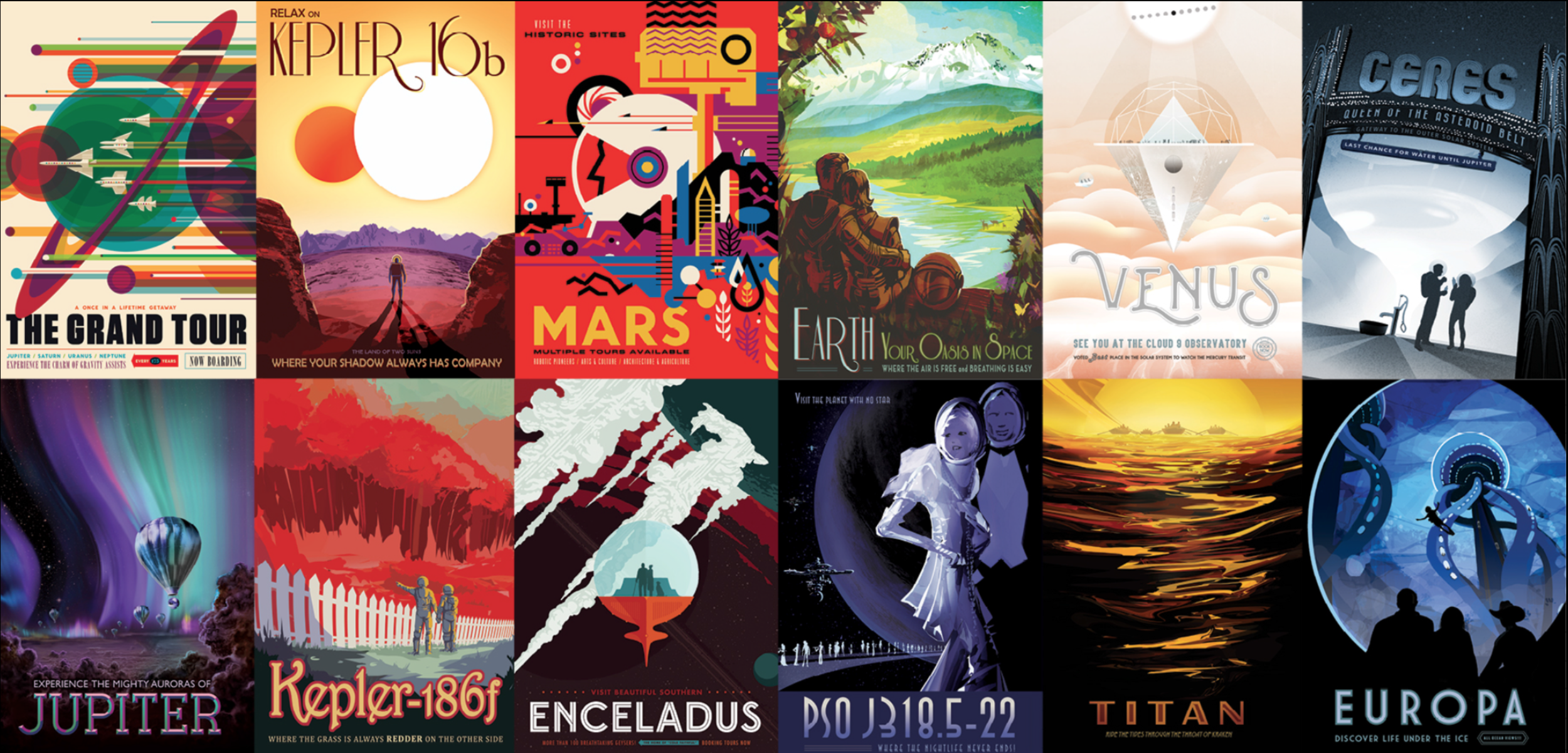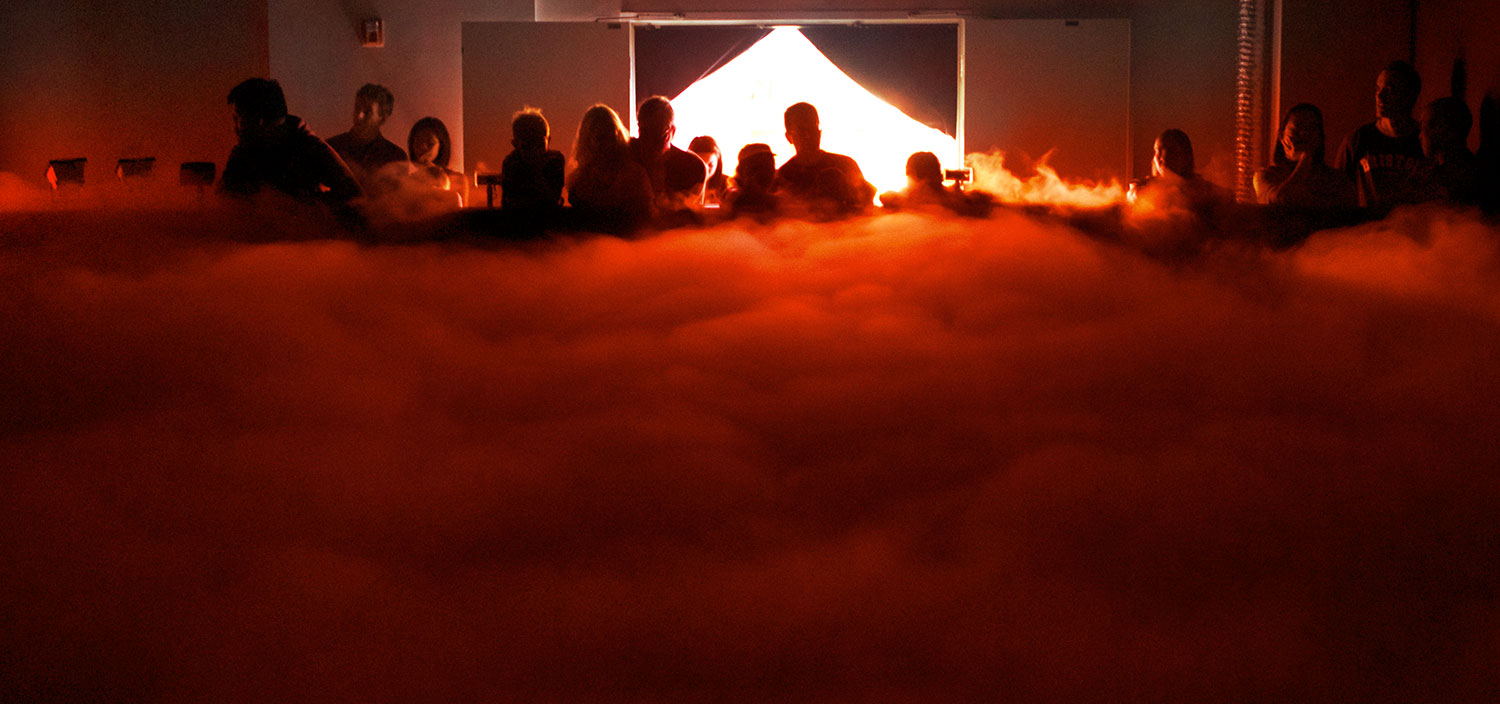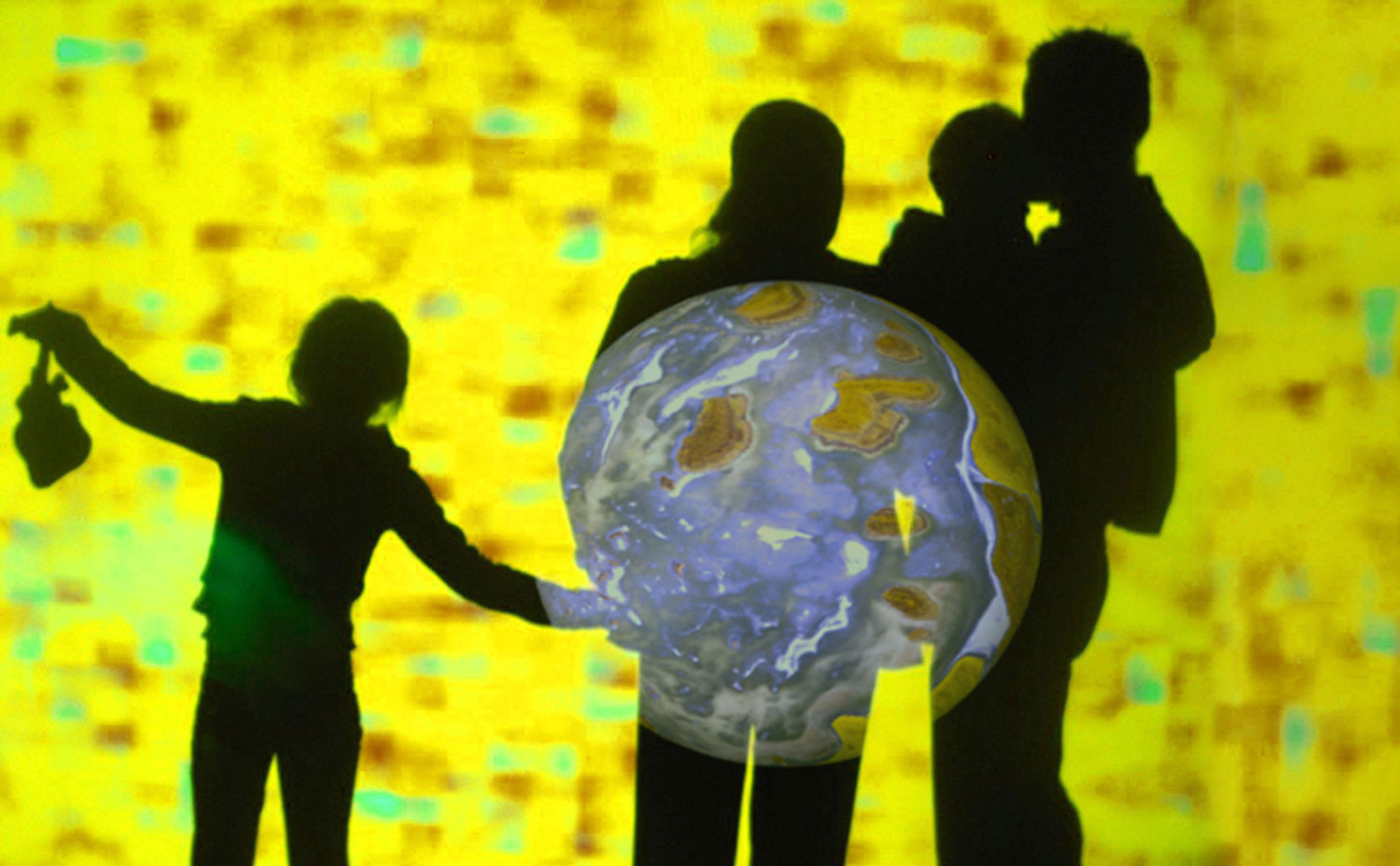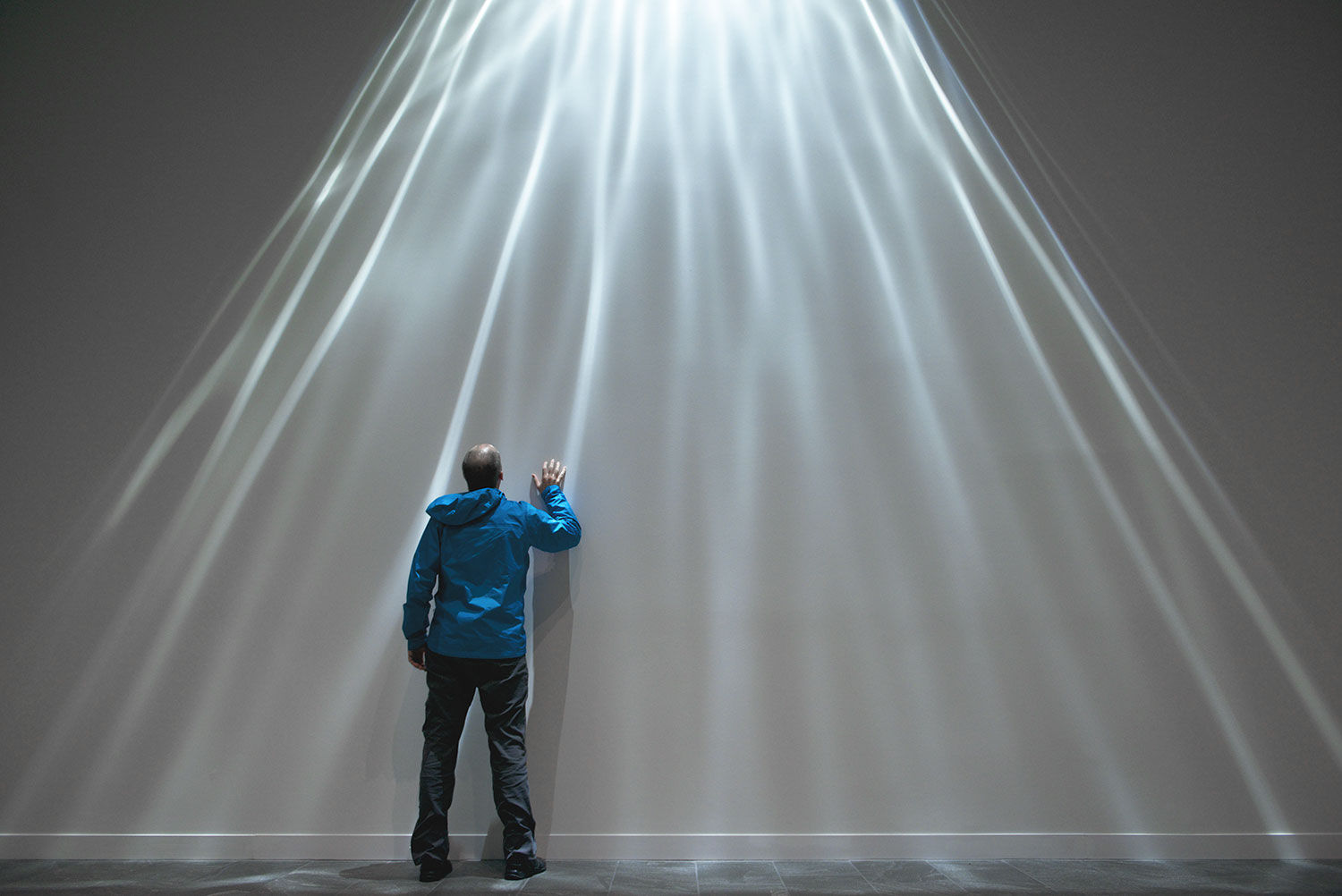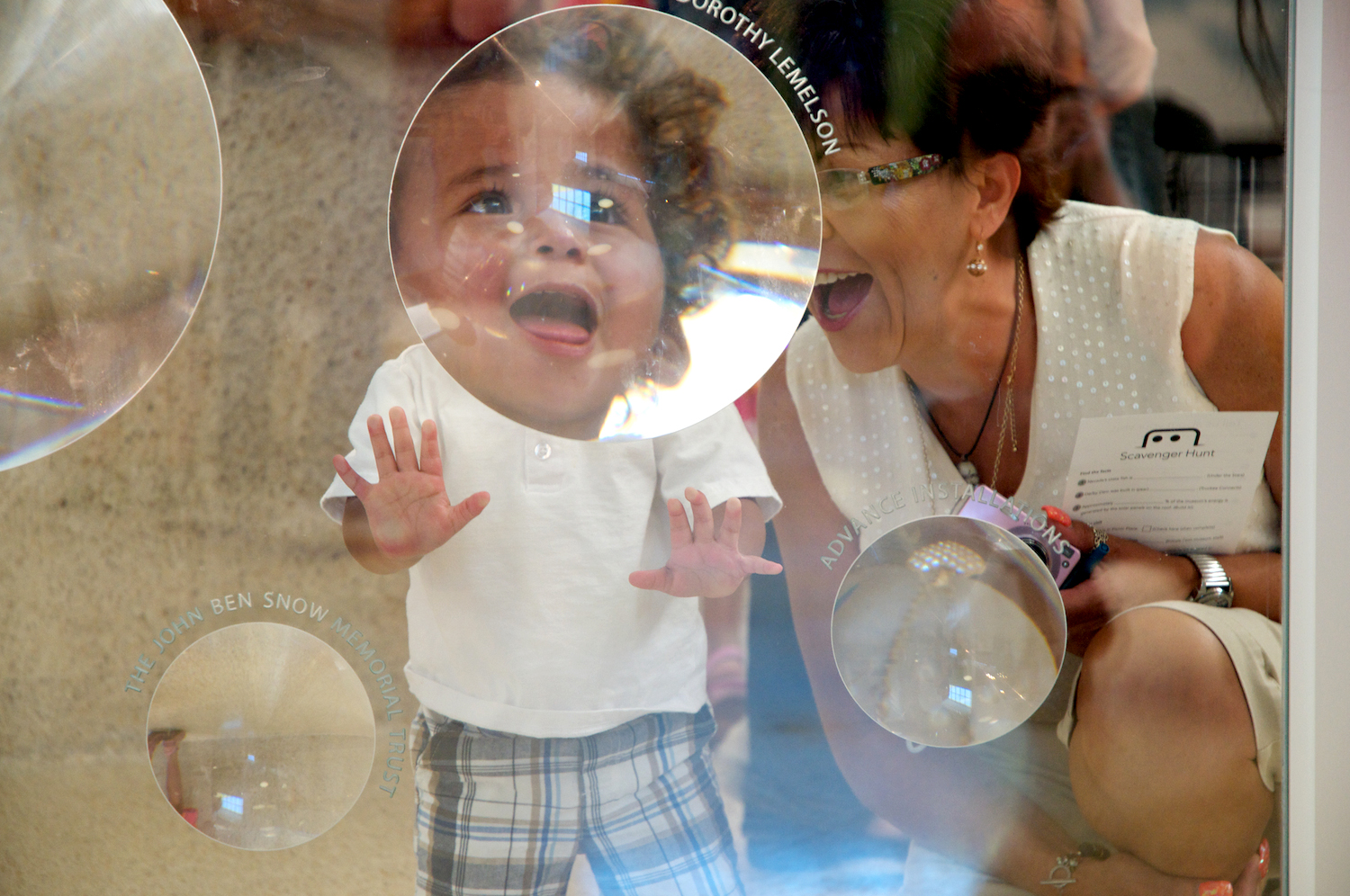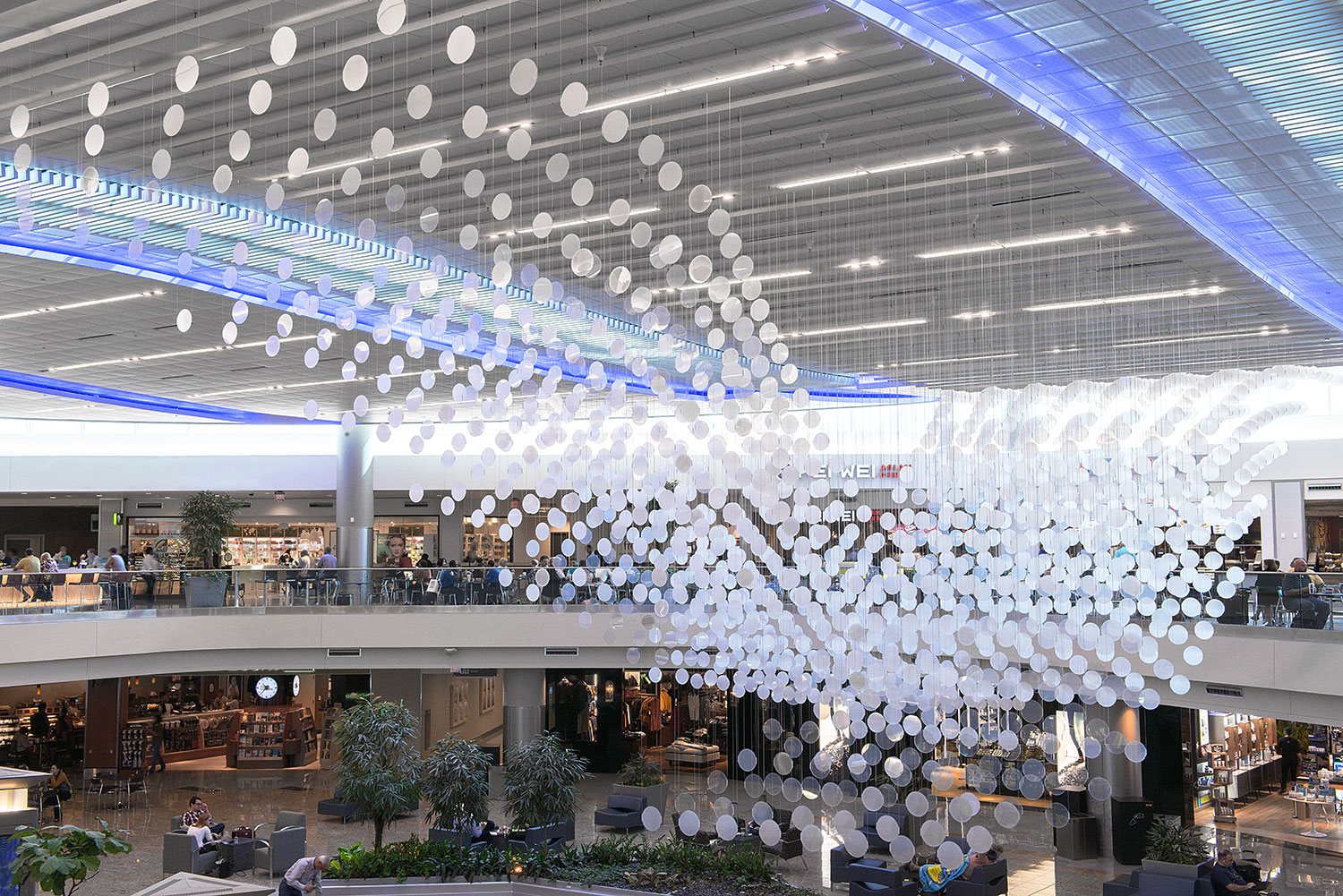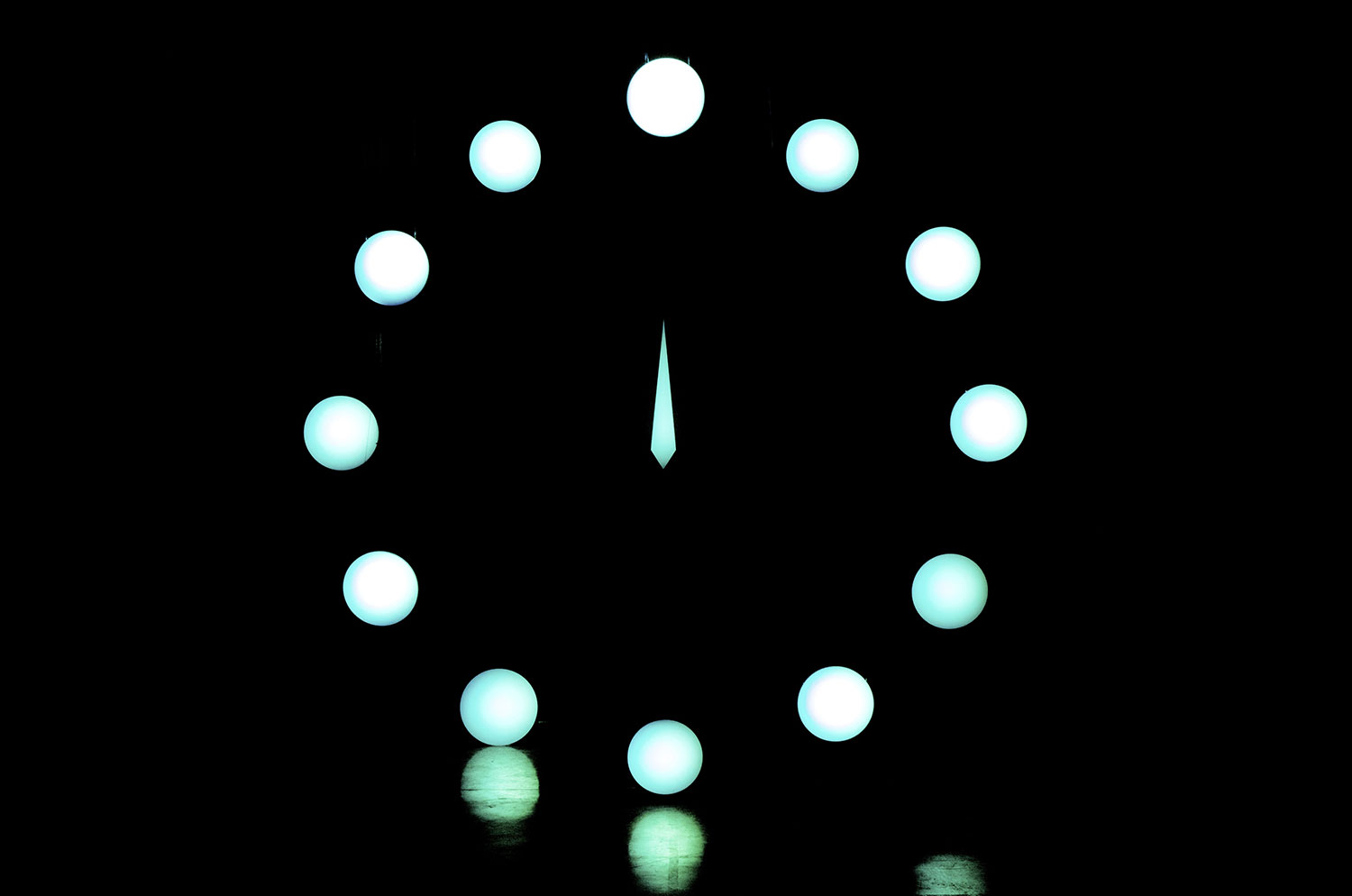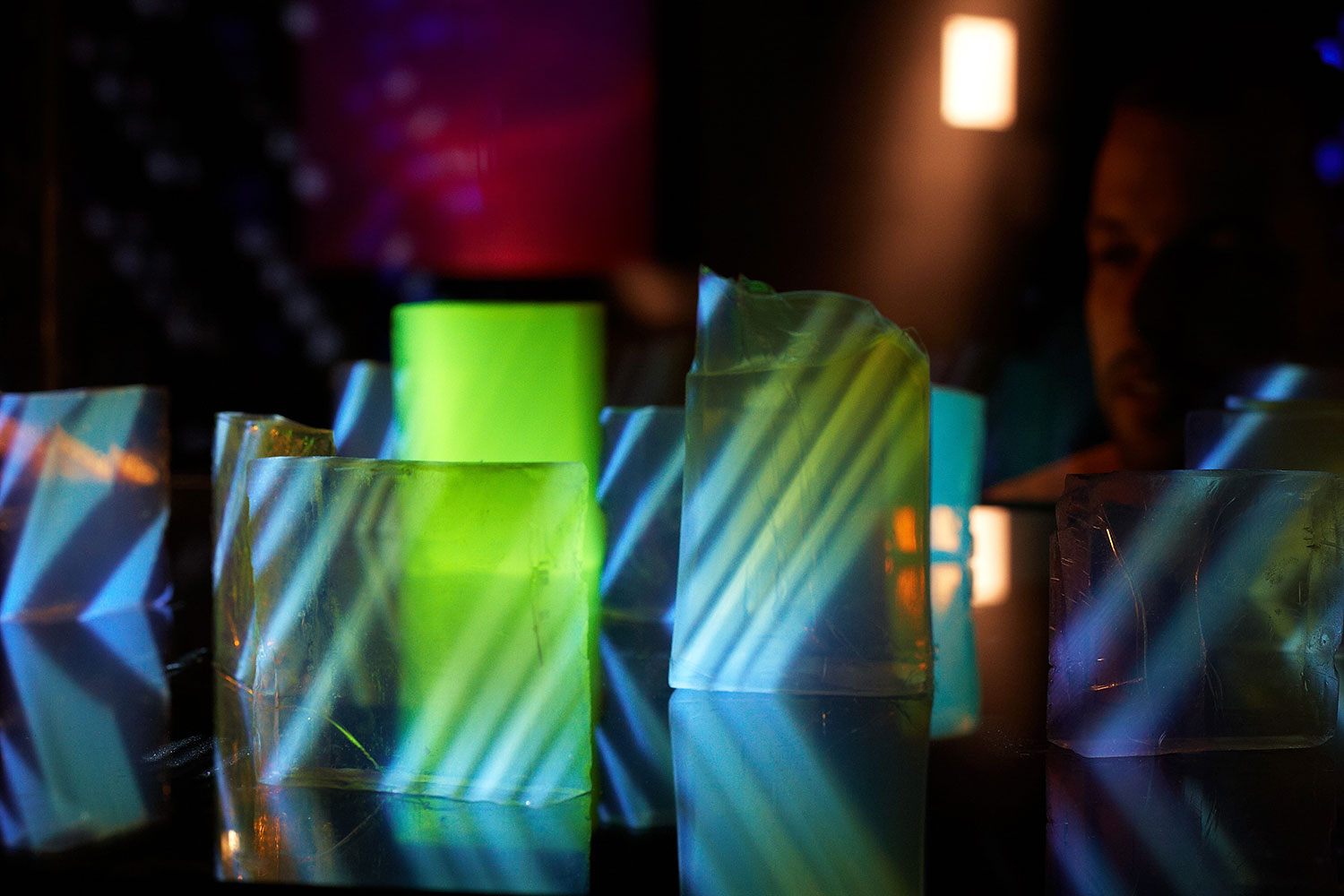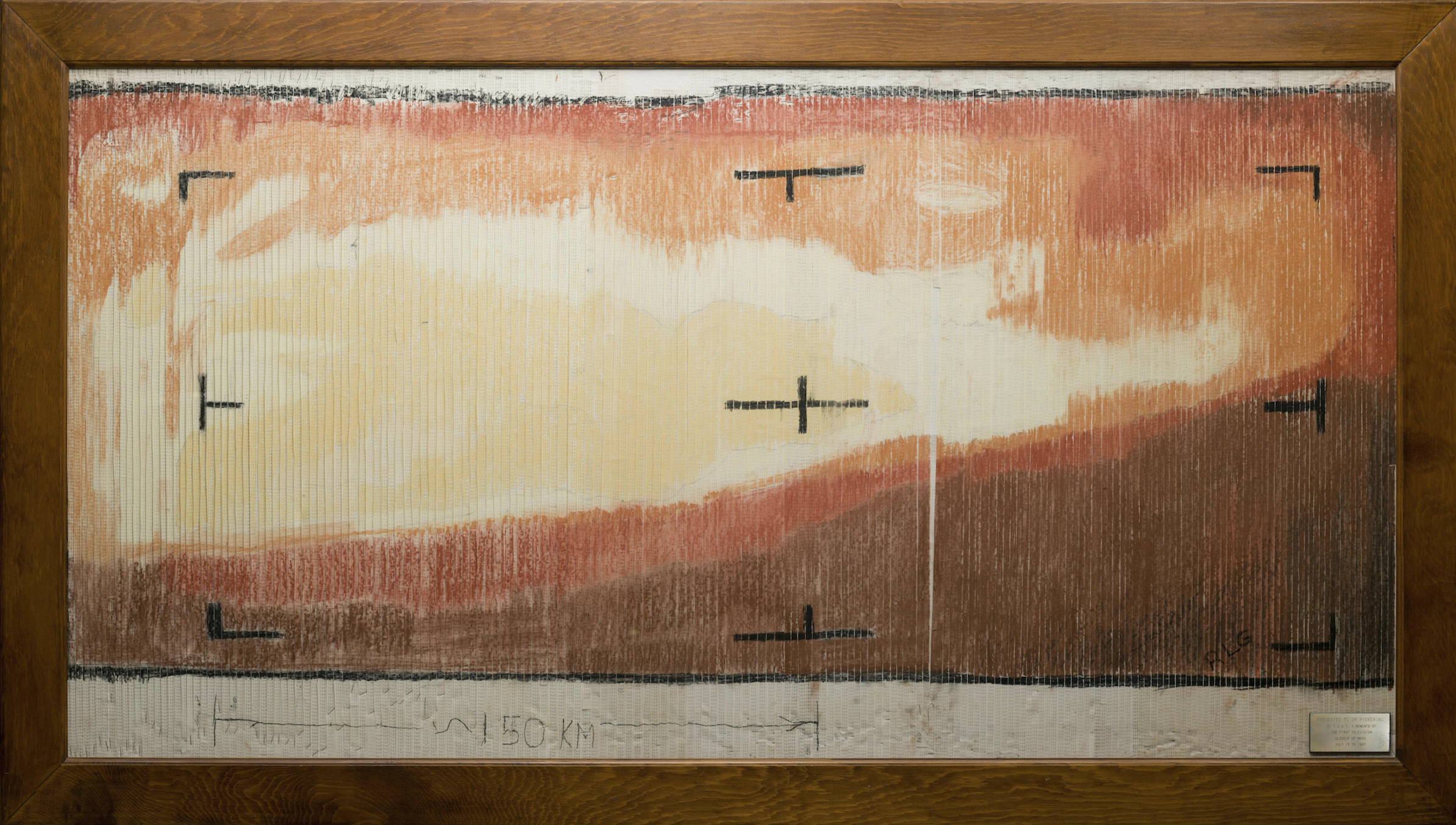ORBIT
Listening to Earth satellites say "hello" in real time
Created by NASA in collaboration with STUDIOKCA and Shane Myrbeck.
Creative Strategy: Dan Goods, David Delgado (NASA/JPL)
Pavilion Design: Jason Klimoski, STUDIOKCA
Audio Composition and Sound System Design: Shane Myrbeck
3D audio produced in the Arup SoundLab
When standing in the middle of Orbit, wherever you hear a sound, if you were to point to the sound, that is the exact location of a satellite flying around earth. NASA has 19 satellites that study the earth and by pairing the trajectory data of each spacecraft to artistically created sounds, we allow them to say “hello” as they move across the sky, much like you hear a bird passing over your head. More about the history of this project below.
(all images below: courtesy NASA/JPL-Caltech)
In 2005 I went to Goldstone California with David Delgado to see the Deep Space Network. There, we saw enormous antenna communicating with spacecraft around the solar system. It was eerily quiet out in the desert, but we knew a lot of information was going back and forth. Since the satellites were so far away we couldn’t see them, so we wondered, what if we could hear where they were instead?
A few years later I was introduced to Chris Chafe at Stanford University’s Center for Computer Research in Music and Acoustics. There I saw a room with speakers all over the place, even in the floor. It wasn’t working at the moment, but they said they could place a sound anywhere in the room and I thought, wouldn’t it be amazing to use a sound system like this? We tried to translate the satellite data we had into the data they needed, but the data we had was really hard to deal with at the time and had to give up.
In November of 2014 I met Shane Myrbek at a party at the INST-INT conference. He said he was an audio engineer and I told him I had heard of a room where speakers were all over the place and one could place a sound anywhere in the room. He said “that’s what I do all day long!”. He works for the engineering firm ARUP where he simulates the sound inside of buildings before the are built, pretty cool stuff. We hit it off. I told him of the dream I had had and he was really excited. The problem was, we had no project or funding to do anything.
A few months later David and I were on a phone call with NASA HQ’s and they said they wanted to have a big presence at the World Science Festival in NYC and wanted people to know that NASA studies the Earth. David whispered “what about that sound idea?”. So we pitched it and miraculously they went for it. We called Shane up and he was excited. By this time the data was a bit easier to deal with and Shane started to work his magic. But David asked an important question “What if the NYTimes wanted to cover the piece? What would they take a picture of? It needs to be an object of wonder, something people want to go to.” That was a crucial insight. How do you take a picture of a sound installation? People may not travel across town to see a bunch of speakers, but they might for an object of wonder.
David took a crack at a few forms, but we knew it wasn’t right, so we called up Jason Klimoski at StudioKCA in Brooklyn. We had worked with them the year before on Metamorphosis and knew they had amazing talent. Jason and his team developed a few concepts and showed them to us, one of them was this idea of a sea shell. It was amazing concept. It is a listening device, an object of wonder, and a shape that could hold the speakers in the specific way they needed to point for the encompassing sound to work.
Shane started creating 19 separate “voices” for the 19 different NASA satellites that study the earth. It turned out to be harder than we thought, but we learned a lot from the process and were excited about the final product. We then developed a story we thought would help make the piece make sense. We had a satellite launching and voice to tell you about the satellites, where they are and what they are doing. We worked with several people to refine the story and thought it was great and it was signed off. After a huge push it finally opened… but it was a disaster. The story didn’t work at all. Nobody was getting it and everyone was board, our hearts sunk, but we had to act fast. We worked with Shane to cut out the whole story and just leave the the sounds for where the satellites are at this moment. It was hard to do technically as there was a lot of programming, but also because we had spent so much time on it we hated to see it all go. But all of a sudden it worked. People got it and felt a connection to those hunks of metal flying around in the sky helping us learn about our earth. After all those years, it was gratifying to have people hear what we had imagined so many years before. It is now at the Huntington Library in San Marino California.
